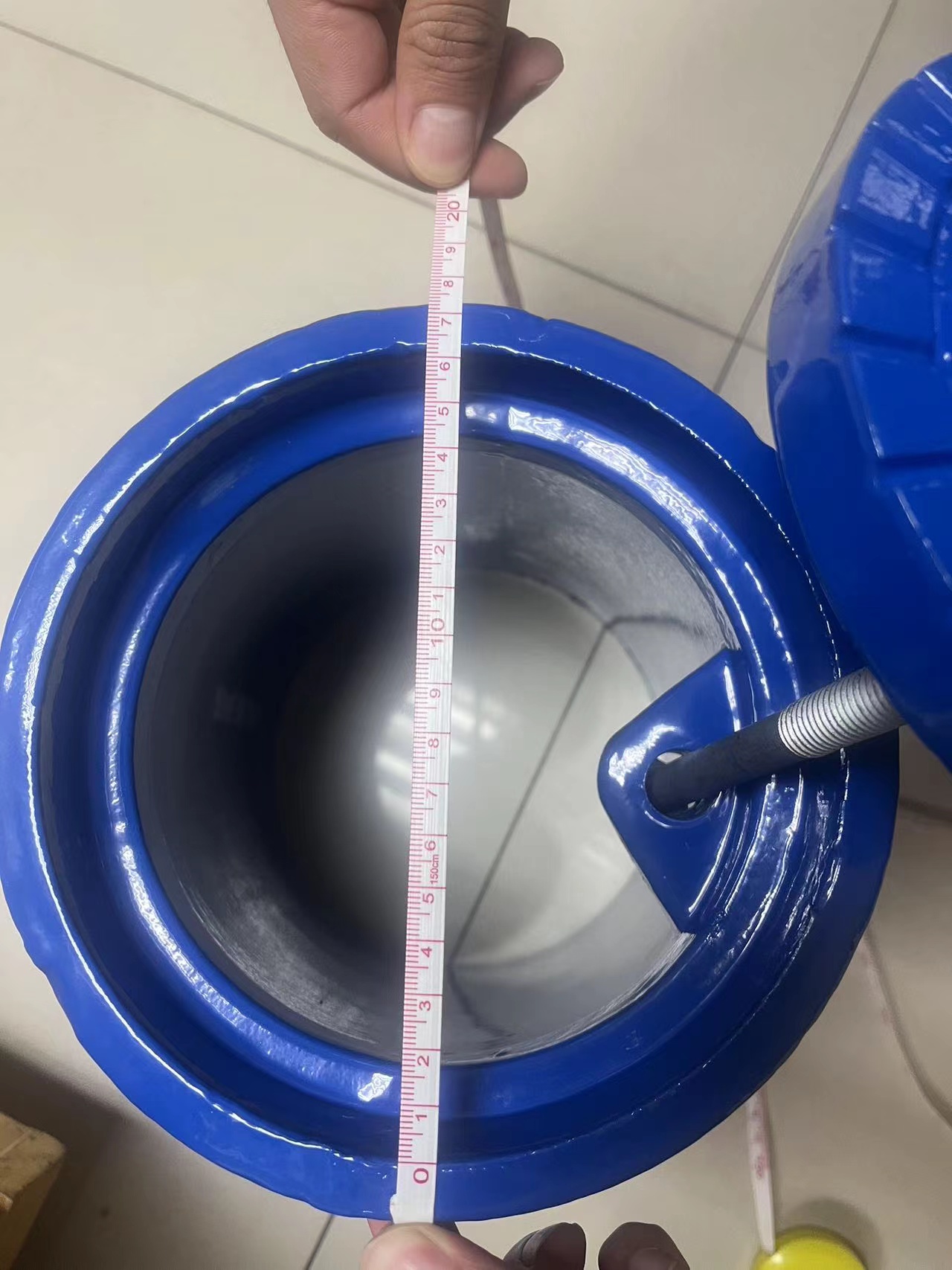Design and Functionality of Fire Hydrant Surface Access Points
The Importance of Fire Hydrant Surface Boxes A Crucial Component of Urban Safety
When considering urban infrastructure, fire safety might not always be at the forefront of the public's mind. However, one critical component that ensures effective fire response during emergencies is the fire hydrant surface box. These seemingly mundane structures play a vital role in safeguarding lives and property, and understanding their significance sheds light on an often-overlooked aspect of urban safety.
A fire hydrant surface box, also known as a hydrant cover or valve box, is typically made of durable materials designed to withstand harsh weather conditions and heavy traffic. It serves as a protective cover for the vital components of a fire hydrant, ensuring they remain operational and accessible when needed. These covers prevent debris, dirt, and moisture from infiltrating the hydrant system, which can lead to malfunction and impede the water supply during a fire emergency.
Fire hydrants are essentially the lifelines for firefighters during a blaze. When every second counts, access to a functional hydrant is imperative. The surface box plays a crucial role in this access. In urban environments, where fire hydrants are often located in busy roadways or pedestrian areas, a well-maintained surface box ensures that the hydrant remains visible and identifiable amid the hustle and bustle of city life. It serves as a clear indicator of the hydrant's location, helping firefighters swiftly locate and connect to a water source when responding to emergencies.
fire hydrant surface box

Moreover, the design of fire hydrant surface boxes is not merely functional but also strategic. Many cities have implemented standardized designs that visibly distinguish these structures from other utility covers, such as manhole covers or sewer grates. Bright colors and reflective materials are often used to enhance visibility, especially at night or in inclement weather. This attention to detail is crucial, as it facilitates quick access and operation during critical moments.
In addition to their functional attributes, fire hydrant surface boxes also require regular maintenance and inspection. Municipal authorities must ensure that these boxes are intact and free from obstructions. Over time, environmental factors such as heavy rain, snow, and the wear and tear from vehicles can damage the surface boxes, causing them to become loose or buried under layers of debris. Local fire departments and public works teams routinely check these covers to ensure that they are labeled properly, in good condition, and that no vegetation has grown around them.
Moreover, public awareness plays an essential role in fire safety. Residents should be informed about the importance of keeping fire hydrant surface boxes clear of obstructions, such as parked cars, landscaping, or trash. Community engagement initiatives that educate the public about the significance of these structures can foster a proactive approach to fire safety. Encouraging citizens to report any problems with hydrants or their surface boxes can facilitate timely repairs and ensure that the entire system remains functional.
In conclusion, fire hydrant surface boxes may not be glamorous features of urban infrastructure, but they are undoubtedly vital to community safety. By ensuring that fire hydrants are operational, accessible, and well-maintained, these boxes contribute to the effectiveness of firefighting efforts. Understanding their purpose highlights the importance of responsibility at both the municipal and community levels, ensuring that we are all prepared to respond to emergencies when they arise. In a world where safety often depends on the smallest details, the fire hydrant surface box stands as a symbol of preparedness and vigilance in urban environments.
-
Square Sewer Cover Enhances Urban SafetyNewsAug.01,2025
-
Pipe Fitting Requires Precise AlignmentNewsAug.01,2025
-
Manhole Step Is DurableNewsAug.01,2025
-
Manhole Cover Is Found WorldwideNewsAug.01,2025
-
Hole Cover Frame On RoadsNewsAug.01,2025
-
Gully Grate Improves Road SafetyNewsAug.01,2025
-
Man Hole Cover Round Load CapacityNewsJul.31,2025
